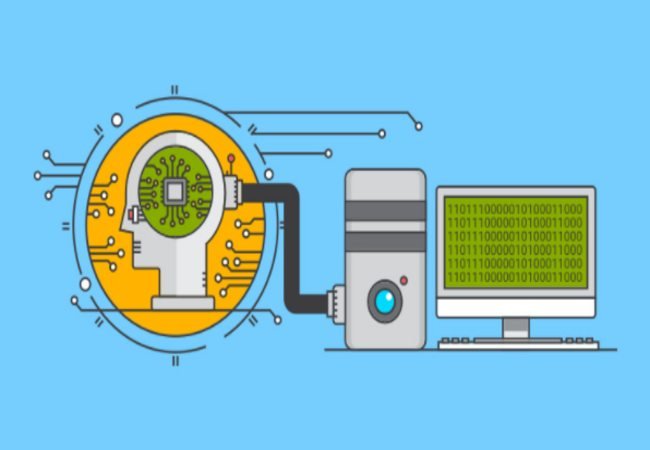What is Mean by Computer Vision (CV)?

Computer Vision (CV) is a branch of machine learning and computer science that assists computers in comprehending the environment by identifying visual patterns and detecting things in the same way that people do.
Artificial intelligence has many sub-disciplines, one of which is CV technology. If you need development in this area, you can hire an AI software developer by Unicsoft.
What is computer vision and how does it work?
Through digital pictures and video recordings, computer vision teaches a computer to perceive and comprehend its surroundings. To attain this purpose, three components are used:
- obtaining images;
- processing of data;
- analysis of data.
The process of converting an analog environment to a digital one is known as imaging. Webcams, digital and SLR cameras, professional 3D cameras, and laser rangefinders are all utilized for this.
To get the most out of the data collected in this manner, it must be further processed and evaluated.
Low-level data processing is the next stage in computer vision. Computer defines the image’s edges, points, and segments, which are all basic geometric forms.
In most cases, complicated mathematical algorithms used to process data. The following are some examples of low-level analytical methods:
- edge detection or border selection;
- segmentation;
- Object categorization and detection.
The goal of edge detection is to locate points in photographs using a number of mathematical approaches. Also, The program examines the drawing and converts it into a series of curved lines and segments. Although, This approach isolates the most significant components of a picture, decreasing the quantity of data that has to be processed.
Where does computer vision come into play?

Computer vision techniques are being applied in a variety of fields.
Safety
Computer vision applications provide real-time processing of CCTV camera feeds, object identification, intrusion detection in limited areas, automated license plate pass-through, and much more.
Recognition of people’s faces
However, The technology now used to verify people in a variety of settings, ranging from gaining entry to a secure location to unlocking a smartphone.
Automobiles that drive themselves
The robotic vehicle can traverse in space, discriminate between moving and static objects, and react to their abrupt arrival thanks to a system of cameras and algorithms. Many manufacturers, such as GM, Toyota, BMW, and others, are working on developing completely autonomous cars today.
Recognize movement and gestures
Computer vision algorithms have also used in filmmaking, video game development, identifying shop visiting patterns, evaluating athlete activity, and other fields.
Robotics
Moreover, Computer vision, like self-driving automobiles, assists robots in navigating through space, identifying things and barriers, and interacting with items and people.
What are the current computer vision trends?
Generative adversarial neural networks are one of the key trends in the science of computer vision (GANs). These algorithms have recently utilized to make high-quality fakes as well as to stylize pictures and videos as paintings by renowned painters.
The This Person Does Not Exist project, for example, uses GAN to create lifelike photos of individuals who don’t really exist. Other projects follow a similar pattern, such as an algorithm for making fictitious kittens. This Cat Doesn’t Exist, or This Sneaker Doesn’t Exist, for example.
However, Researchers and developers may use algorithms like these to produce synthetic datasets for training models. These databases are easy to put together and alleviate some of the legal and ethical concerns about picture usage.
This notion is already being effectively implemented by data creation firms. Gretel.ai secured $50 million in October 2021 to fund a platform for creating synthetic datasets. However, Mindtech, a British business, awarded $3.25 million in July 2021 to build a service for training computer vision algorithms using produced data.
The modeling of 3D sceneries is another major aspect of the industry. Also, To put this concept into practice, special algorithms are being created that reconstruct a scene in a three-dimensional space using a sequence of images taken from various perspectives.
Conclusion:
Construction, robotics, animation, interior design, and military affairs all employ this technology. The researchers point out that complex textures, such as leaves on trees, are difficult for algorithms to duplicate today. However, such technologies will be able to greatly ease the job of 3D designers in the near future.

